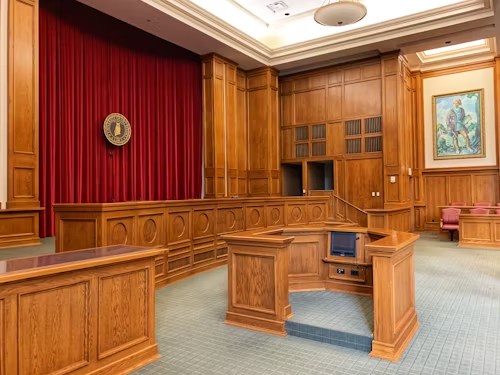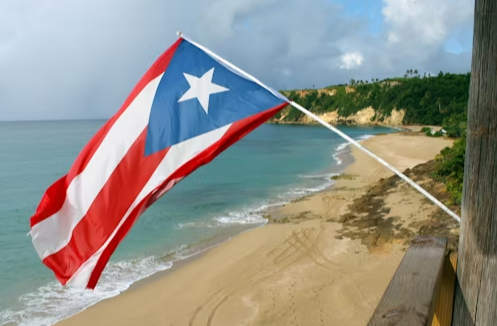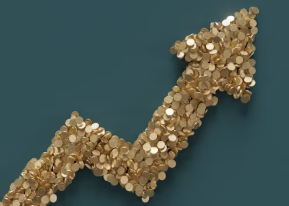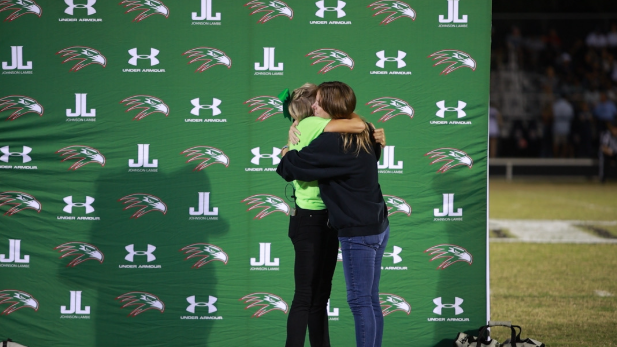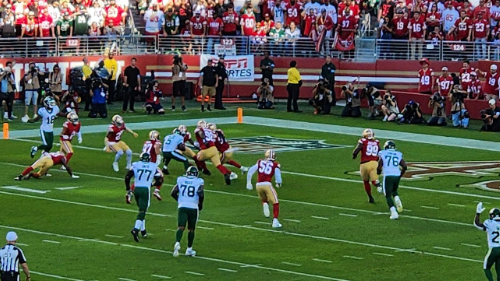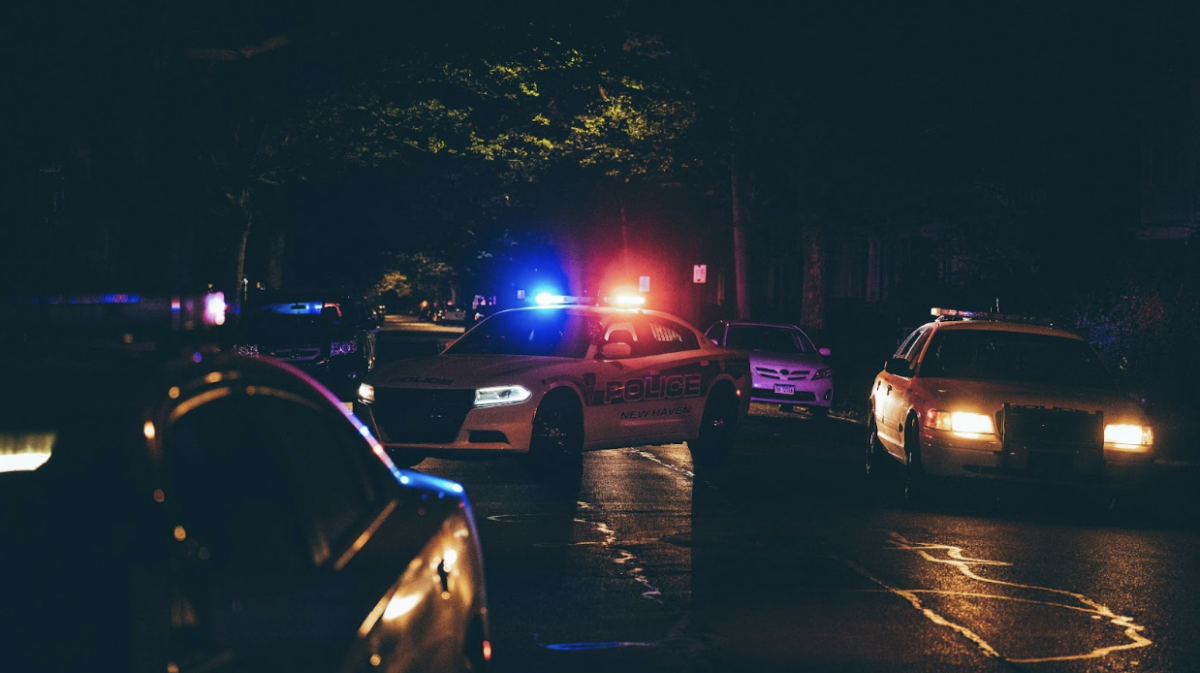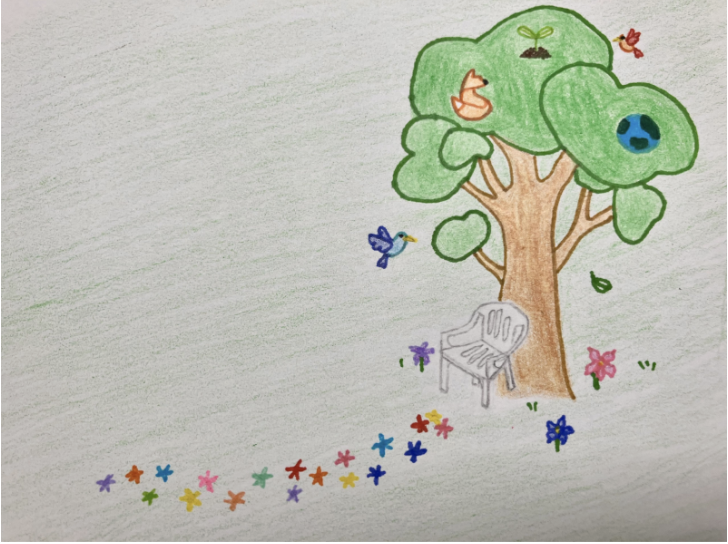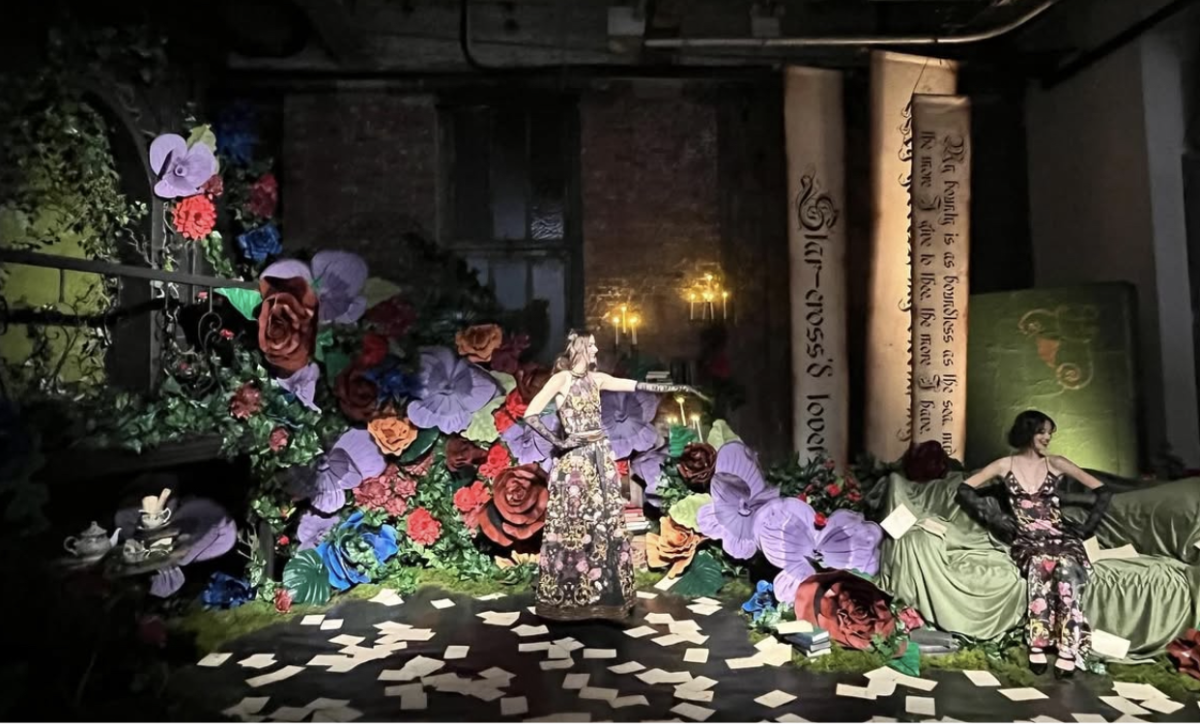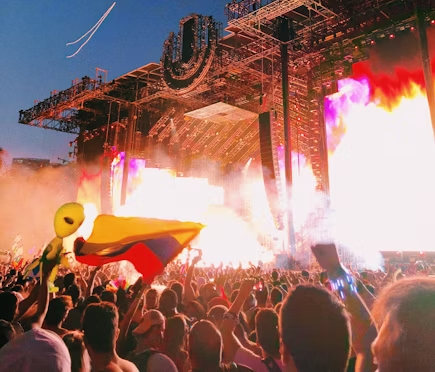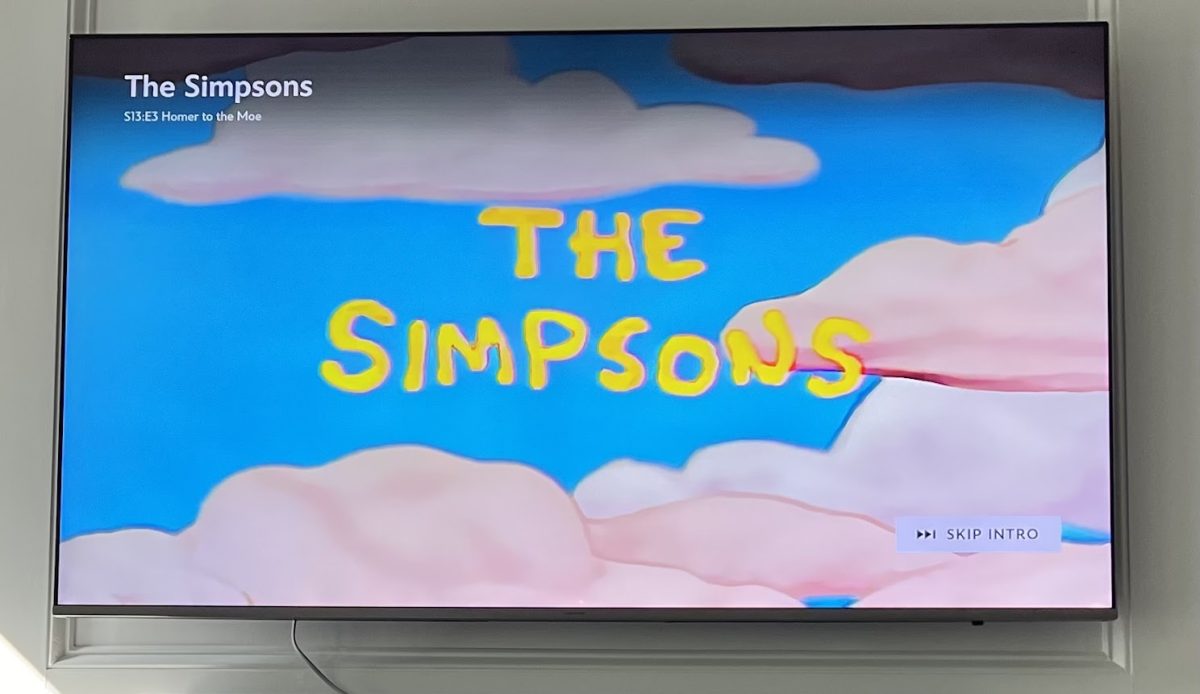Spanning 34 seasons and over 750 episodes, FOX’s “The Simpsons” has become a staple. It is considered the longest running scripted television series of all time, debuting Dec. 17, 1989. While “The Simpsons” is mostly remembered for its iconic characters, guest appearances from celebrities and witty comedic writing, the show is famous for somehow predicting future events before they’ve occurred.
One of the most famous examples of predictions is in an episode titled “Bart to the Future.” In the episode, Lisa Simpson is shown as the President of the United States, in a vision made by her brother, Bart Simpson. With her time in office, the episode cuts to a brief scene with her where she is seen in a meeting to discuss a budget shortfall in the nation, which she mentions that it was inherited previously from former President Donald Trump. Given that the episode aired in the year 2000, it wasn’t until 16 years later when the nation would see Donald Trump take on the role as the actual President of the United States, an event almost directly mirrored by the episode.
“The Simpsons” writers also predicted the COVID-19 pandemic in the episode “Marge in Chains”. In the episode, an unprecedented flu from Japan spreads in Springfield from Japan, causing a riot amongst the townspeople. Through the violence, people demand a cure for the illness. While protesting, a group of them accidentally knock over a box labeled as “killer bees” that causes havoc across Springfield. Not only did the nation experience a similar pandemic 27 years after the episode aired, but the killer bees also mirrored an infestation of murder hornets in America and Canada as well.
As for the distributors behind the show, 20th Century Studios, “The Simpsons” also predicted its studio being bought out by Disney in the episode “When You Dish Upon a Star.” In the episode, Homer Simpson accidentally discovers the vacation home of Kim Basinger and Alec Baldwin while parasailing. He forms a close relationship with them, along with director Ron Howard and becomes their assistant. He also pitches a screenplay idea for FOX about a movie starring Alec Baldwin with Ron Howard to direct. In the next scene, a sign for the studio shows Fox as “A Division of Walt Disney Co.” The episode was aired in 1998, and the prediction came true in 2019 when Disney officially purchased Fox for $71 billion.
In line with the television industry, the show somehow managed to predict the eighth and final season of the hit HBO show, “Game of Thrones”, otherwise known as one of the most hated seasons in television history. In the episode titled “The Serfsons,” the characters are placed in an alternate medieval kingdom of their hometown of Springfield, with the end of the episode seeing Homer Simpson reviving a dragon, which proceeds to reign fire on a nearby village. Just two years after the episode aired in 2017, the final season of “Game of Thrones” would have a similar scene of a dragon causing havoc on a palace, a story development heavily criticized by critics and audiences who watched the season. Fans of both shows were quick to draw comparisons between the two episodes, saying that “The Simpsons” contributed to the quality of the final season.
Recently, an episode titled “Homer’s Paternity Coot” featured scenes similar to that of the Titan Submarine disaster from 2023. The episode begins with Homer, traveling in a submarine in search of treasure, when he gets stuck, the oxygen running out. The events in the episode almost directly resembled that of the Titan submarine that went into the ocean to search for the Titanic remains, only for it to be trapped, lose oxygen and eventually implode.
So how, exactly, does a show like “The Simpsons” have the ability to predict the future?
Some instances may be attributed to coincidence, while others are a result of the show’s long history and wide range of comedic scenarios. The show’s writers often draw inspiration from current events and pop culture, which can sometimes align with future occurrences. The show has produced so many episodes over its long run that statistically, some of its plotlines are bound to resemble real events.
While the show has been very close to real events, most of it’s predictions actually derive from social critiques and human patterns that can be funny, but eventually have come around to be true. Due to the human behavior it criticizes, it also causes those events to happen because human mistakes and patterns are something everyone is capable of falling victim to. Other episodes such as “$pringfield”, performers Gunter and Ernst fall victim to a lion attack during their performance. This detail mirrored the tragic attack on Siegfried and Roy, two well known performers were attacked by the lions that made them famous in the first place. But it didn’t really predict anything, it simply was making a joke of the risk performers run when handling unpredictable and dangerous animals.
Ultimately, it comes down to risk rather than real prediction. The murder hornets, COVID-19, Donald Trump, and Disney predictions were a way of giving into real fears consumers have: disease, insects, politics, and conglomerates. By making jokes of real fears the public has, the Simpsons have predicted what is to come, as things have allowed for such fears to become a reality. By aligning their episodes with fear, when things take a turn for the worse, the episodes they write become premonitions.


